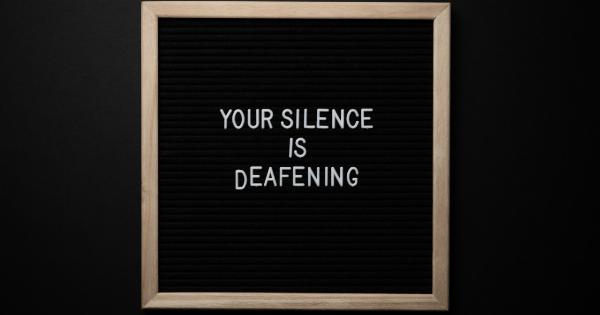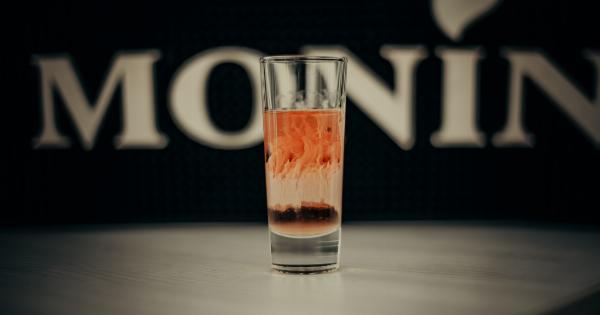When the sun is shining and the weather is warm, spending time outdoors becomes a popular activity. Whether it’s going to the beach, hiking, or simply enjoying a picnic in the park, it’s important to be aware of the risks of sunburn.
Sunburn occurs when the skin is exposed to ultraviolet (UV) rays for an extended period, resulting in red, painful, and sometimes blistered skin. In severe cases, sunburn can cause long-term damage and increase the risk of skin cancer. This article will test your knowledge of sunburn prevention and provide some valuable tips to protect your skin from harmful UV rays.
What Causes Sunburn?
Understanding the causes of sunburn can help you take appropriate measures to prevent it. Sunburn is primarily caused by the UV rays emitted by the sun. These rays can damage the DNA in your skin cells, leading to sunburn and other skin-related issues.
UV Radiation and Its Types
UV rays are classified into three types: UVA, UVB, and UVC. UVA rays have the longest wavelength and can penetrate deep into the skin, contributing to premature aging and increasing the risk of skin cancer.
UVB rays have a shorter wavelength and are the primary cause of sunburn. While UVC rays are the most harmful, the Earth’s atmosphere absorbs them, so they rarely reach the Earth’s surface.
Understanding Sun Protection Factor (SPF)
Sun Protection Factor (SPF) is a measure of how well a sunscreen can protect the skin from UVB rays. The SPF indicates the amount of time you can stay in the sun without getting burned compared to going without sunscreen.
For example, if it usually takes 10 minutes for your skin to burn, using a sunscreen with SPF 15 theoretically extends that time to 150 minutes (10 minutes multiplied by SPF 15). However, it is important to note that sunscreen efficacy also depends on factors such as correct application and reapplication, sun intensity, and individual skin characteristics.
The Importance of Sunscreen
Sunscreen acts as a barrier between your skin and the sun’s harmful UV rays. It absorbs or reflects the UV rays before they cause damage to your skin.
Applying sunscreen with broad-spectrum protection (against both UVA and UVB rays) is crucial for effective sunburn prevention. Remember to choose a sunscreen with an appropriate SPF level for your skin type and reapply it every two hours, especially if you are swimming or sweating.
Sun-Protective Clothing
Aside from sunscreen, wearing sun-protective clothing is an excellent way to shield your skin from the sun’s rays. Look for clothing with a tighter weave that blocks more UV radiation.
Additionally, many brands produce clothing with built-in UPF (Ultraviolet Protection Factor) that offers additional protection. Don’t forget to cover your head with a wide-brimmed hat to protect your face, neck, and ears.
Seeking Shade
While it’s tempting to bask in the sun’s rays, spending too much time under direct sunlight can increase your risk of sunburn.
Whenever possible, seek shade, especially during the peak hours of sun intensity, which is usually between 10 am and 4 pm. Prepare shade options like umbrellas or pop-up tents to protect yourself and your loved ones when spending time outdoors.
Protecting Your Eyes
Sunburn isn’t only limited to the skin; it can affect your eyes too. Prolonged exposure to the sun without proper eye protection can lead to conditions such as photokeratitis (sunburn of the eyes) and cataracts.
When out in the sun, wear sunglasses that provide 100% UV protection to shield your eyes from harmful radiation.
Proper Hydration
Staying hydrated is essential for overall health, and it also plays a role in sunburn prevention. Drinking an adequate amount of water helps keep your skin hydrated from within, making it less susceptible to damage.
Remember to drink plenty of fluids, especially on hot and sunny days, and avoid excessive alcohol consumption, as it can dehydrate your body.
The Dangers of Tanning Beds
Tanning beds emit artificial UV rays that can be just as harmful as the sun’s rays. The misconception that tanning beds are a safer alternative to natural tanning has led to an increase in skin cancer cases.
Avoid using tanning beds and seek safer alternatives like self-tanning lotions or spray tans.
Check Your Knowledge
Now, let’s test your knowledge of sunburn prevention with the following quiz:.
Quiz Questions:
1. What are the primary causes of sunburn?
a) UVC rays
b) UVA rays
c) UVB rays
d) All of the above.
2. What does SPF stand for?
a) Sun Protection Factor
b) Sunburn Prevention Factor
c) Sunscreen Protection Factor
d) Skin Protection Factor.
3. How often should sunscreen be reapplied?
a) Every 30 minutes
b) Every 2 hours
c) Only once a day
d) Only when skin starts to feel warm.
4. What does UPF stand for in sun-protective clothing?
a) Ultraviolet Protecting Fabric
b) Universal Protection Factor
c) Ultraviolet Protective Factor
d) Ultraviolet Proof.
5. What is the peak intensity hours of the sun?
a) 6 am – 10 am
b) 10 am – 2 pm
c) 2 pm – 6 pm
d) 6 pm – 10 pm.
Conclusion
Now that you have tested your knowledge of sunburn prevention, it’s important to remember the key takeaways. Protecting your skin from harmful UV rays should be a priority whenever you spend time outdoors.
Sunscreen with broad-spectrum protection, sun-protective clothing, seeking shade, wearing sunglasses, staying hydrated, and avoiding tanning beds are all effective measures in preventing sunburn and reducing the risk of long-term damage.































